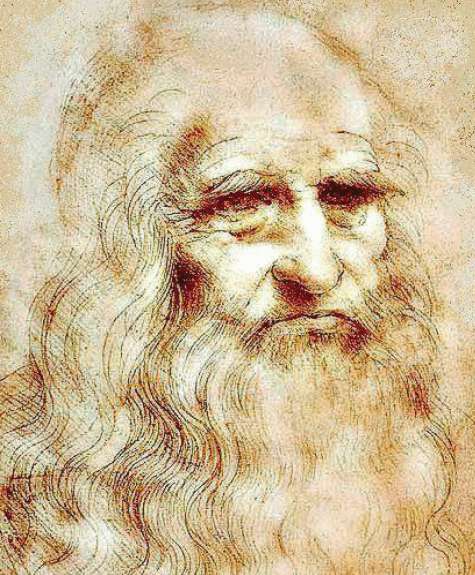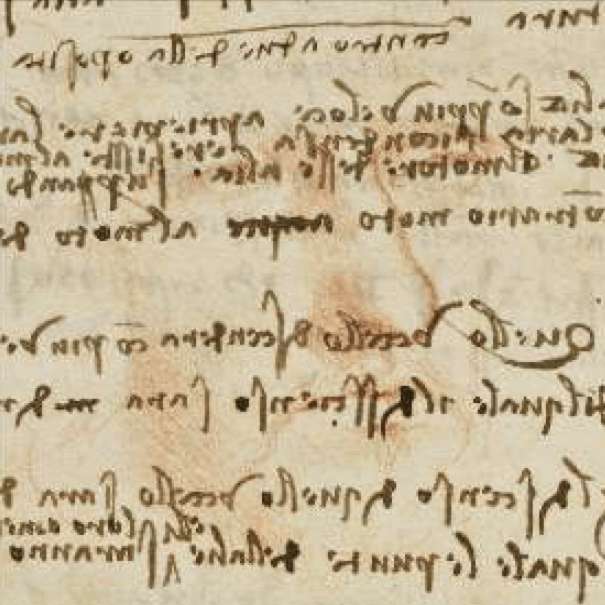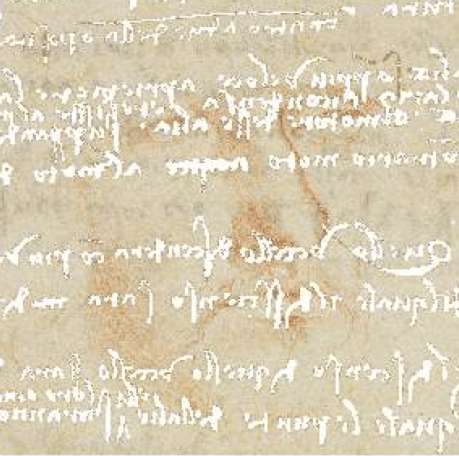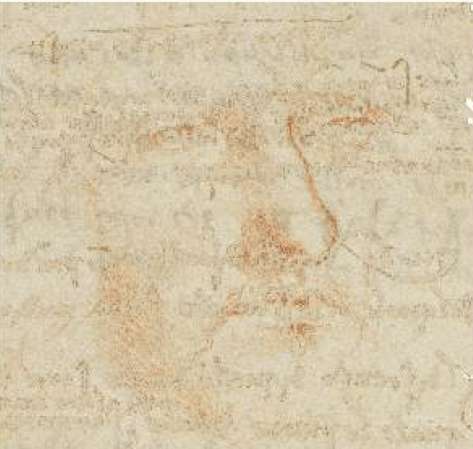| Image Processing Reveals the Young Leonardo |
| Written by David Conrad |
| Tuesday, 22 November 2011 |
|
Anyone who has experimented with the image processing tools available in a photo editor will know the amazing results that can be achieved. See what happened when these were applied to a lost self portrait of Leonardo da Vinci. We all know the red chalk self portrait of Leonardo da Vinci - it is the icon of renaissance genius and many a techie is fascinated by the man, his technology and his art. The red chalk portrait is of Leonardo as an old man - but what did he look like when young?
The answer to this question depends on some detective work and the use of advanced image processing techniques. The first part of the story is when Piero Angela, an Italian science journalist, initially discovered what looked like a nose in a page of the Codex on the Flight of Birds. The drawing was obscured by writing and it was difficult to see the face. At the time it was disputed that Angela had discovered anything new and that the drawing was obvious and anyway not a self portrait. However now experts think that it is very likely to be a young self portrait of Leonardo himself.
This is where image processing steps in and solves the problem. In 2009, Piero Angela presented a digital restoration of the portrait that was created by manual editing of groups of pixels to remove the text. The reconstruction took months of careful work by forensic experts and artists. Now we have a reconstruction based on the use of some standard image processing techniques provided by open source applications such as GiMP. Amelia Carolina Sparavigna of the Dipartimento di Fisica
Next a custom interpolation step changed the white pixels to the average of the their non-white neighbours. The interpolation was iterated until it settled down.
Finally a wavelet filter was applied to smooth the image without losing the fine detail.
As a final touch, the open source image processing package GIMP was used to compare the two images - old and young Leonardo. The match between facial features is such to make it even more likely that they are portraits of one and the same great man. You can read more about the technique, and see higher resolution images and the match between the two faces, in A self-portrait of young Leonardo, the original paper reporting the work. More InformationAll of the images used in this news item are taken from the paper.
To be informed about new articles on I Programmer, subscribe to the RSS feed, follow us on Google+, Twitter or Facebook or sign up for our weekly newsletter.
|
| Last Updated ( Sunday, 27 November 2011 ) |





